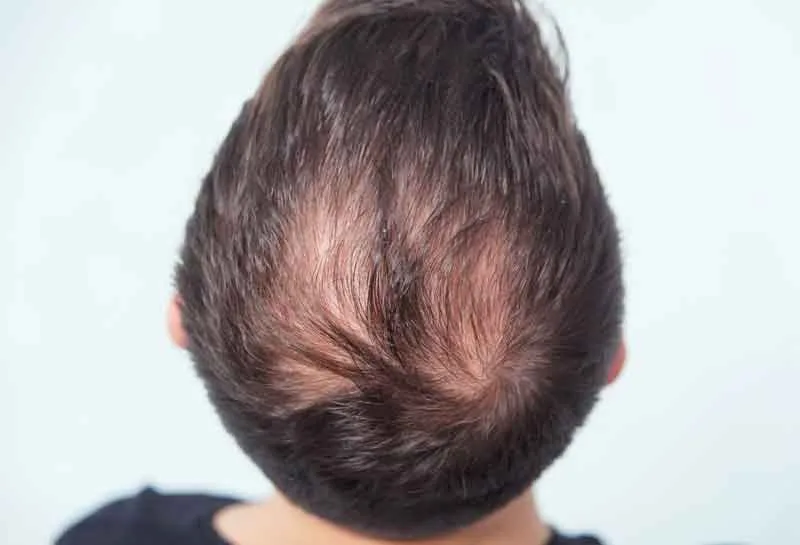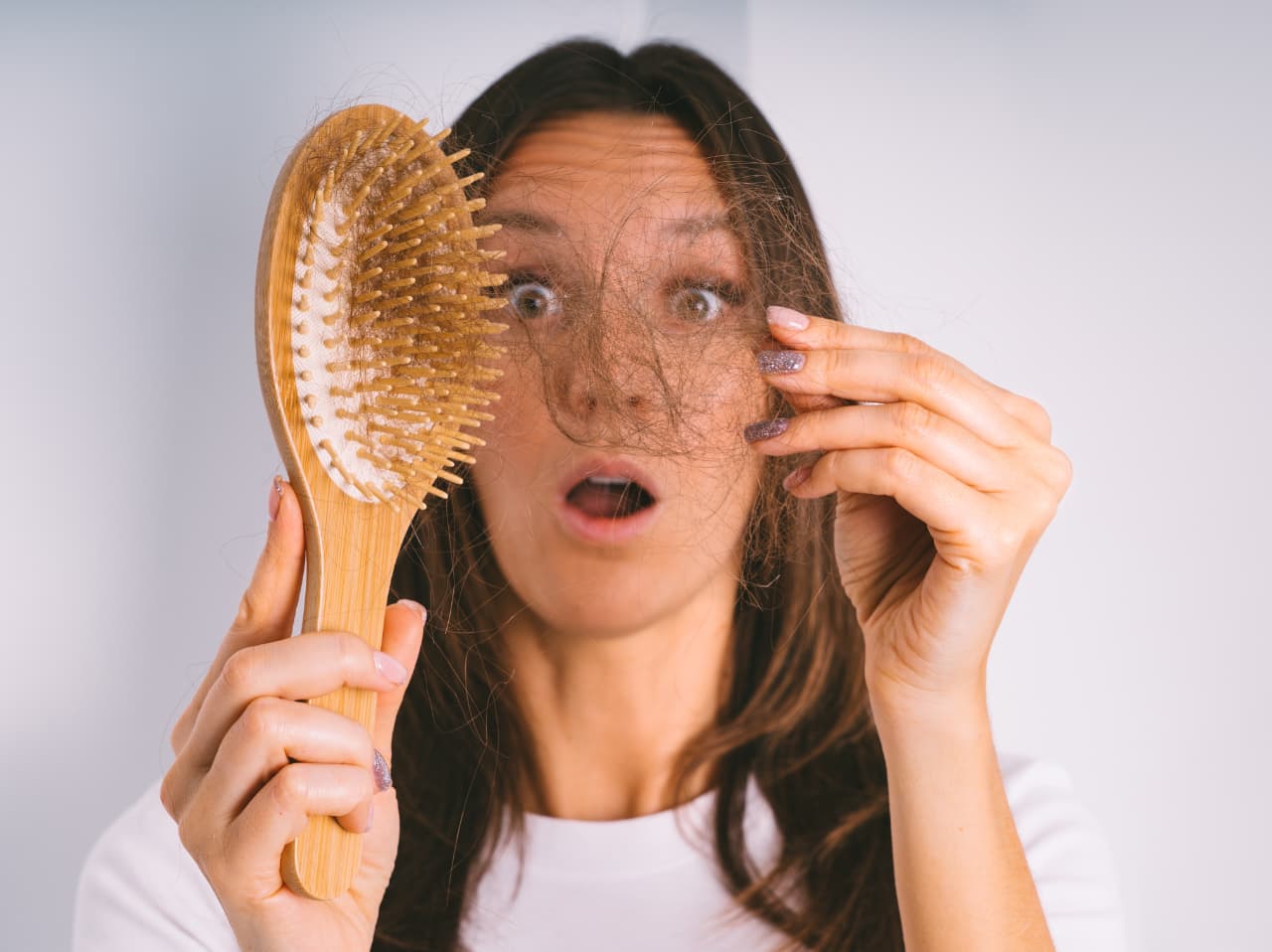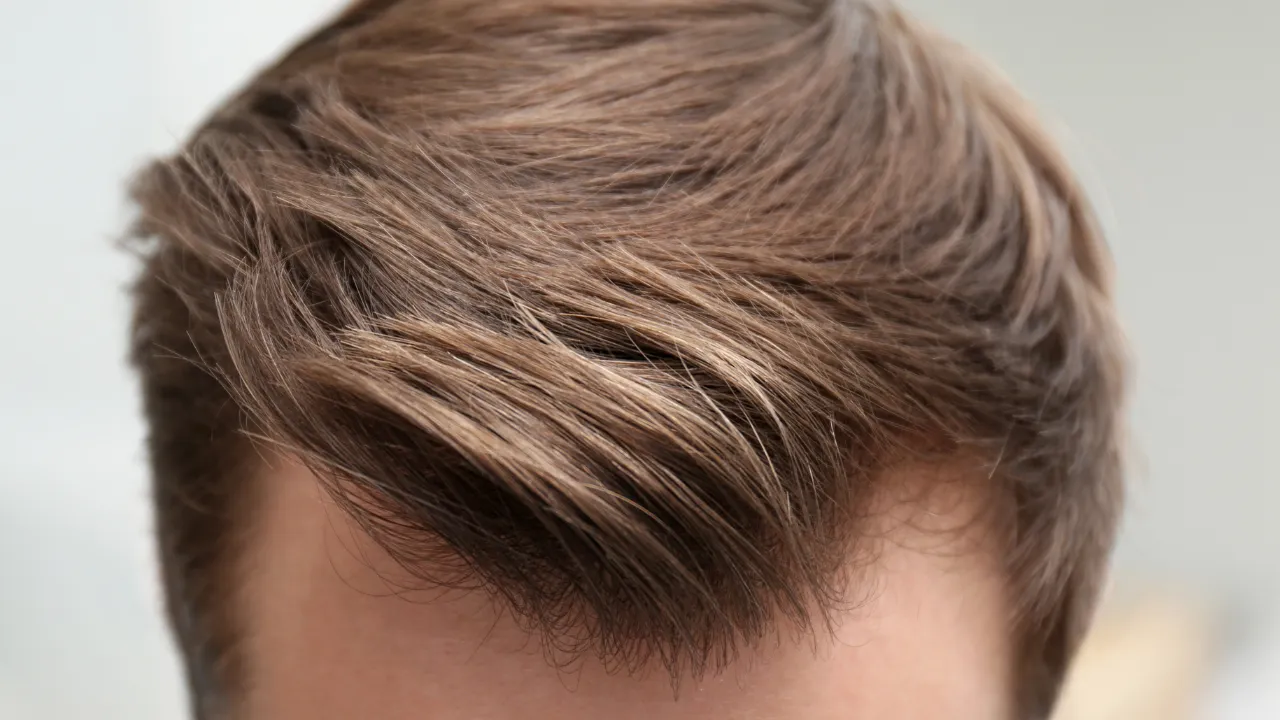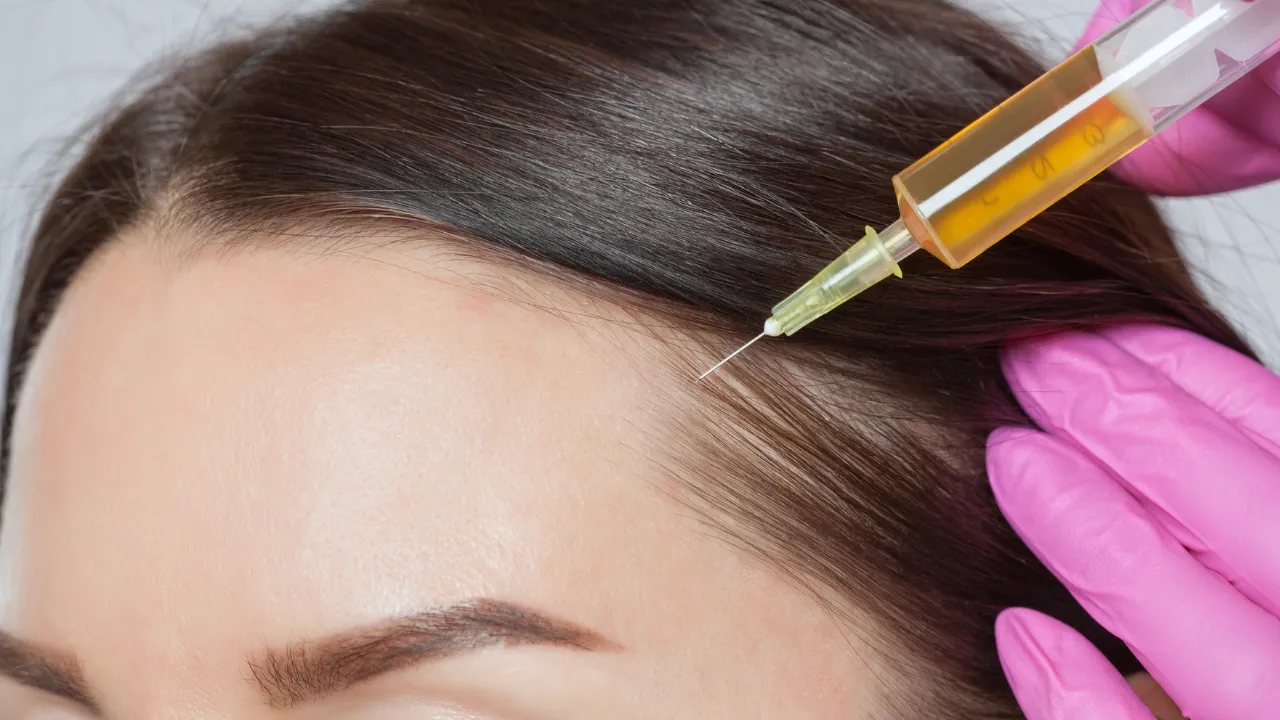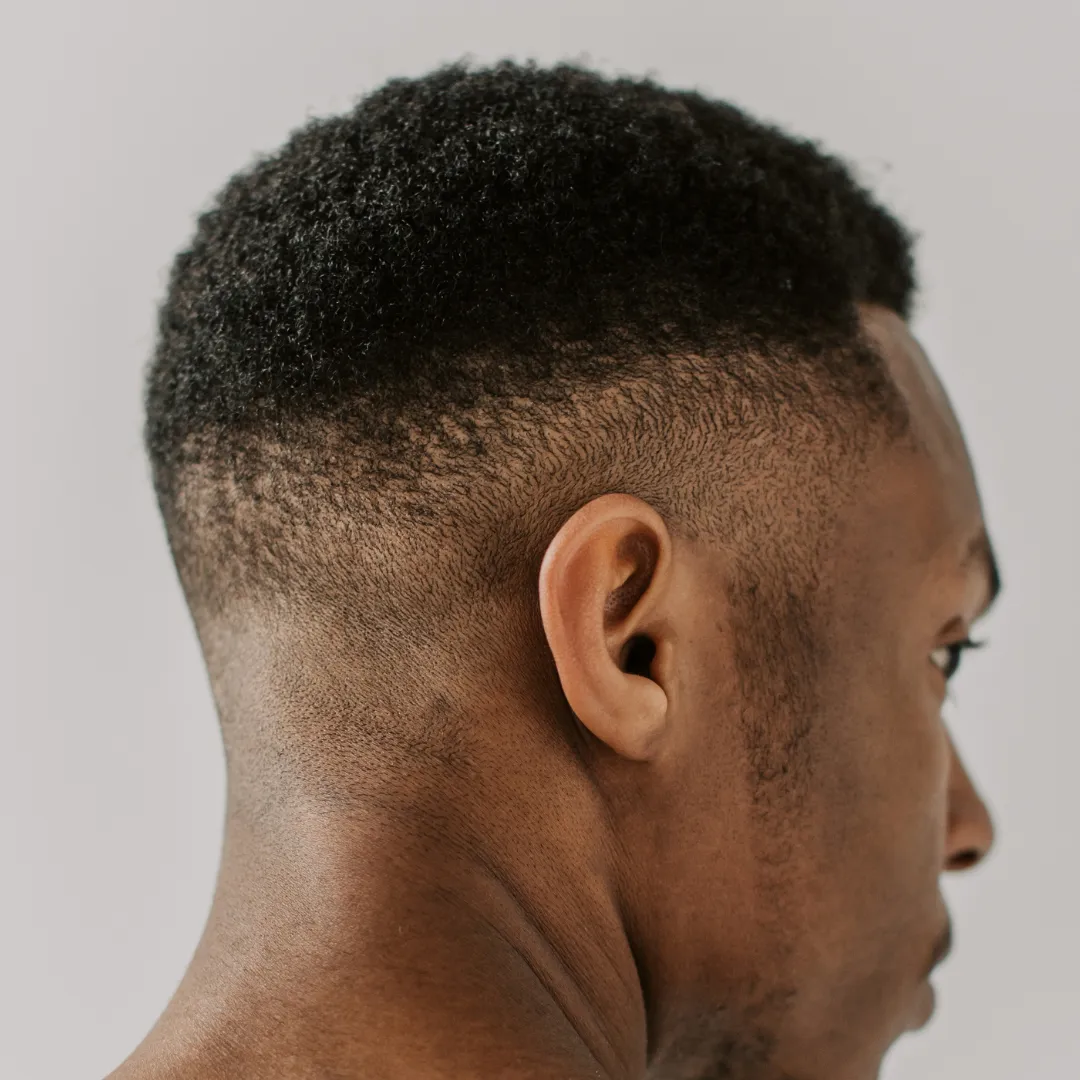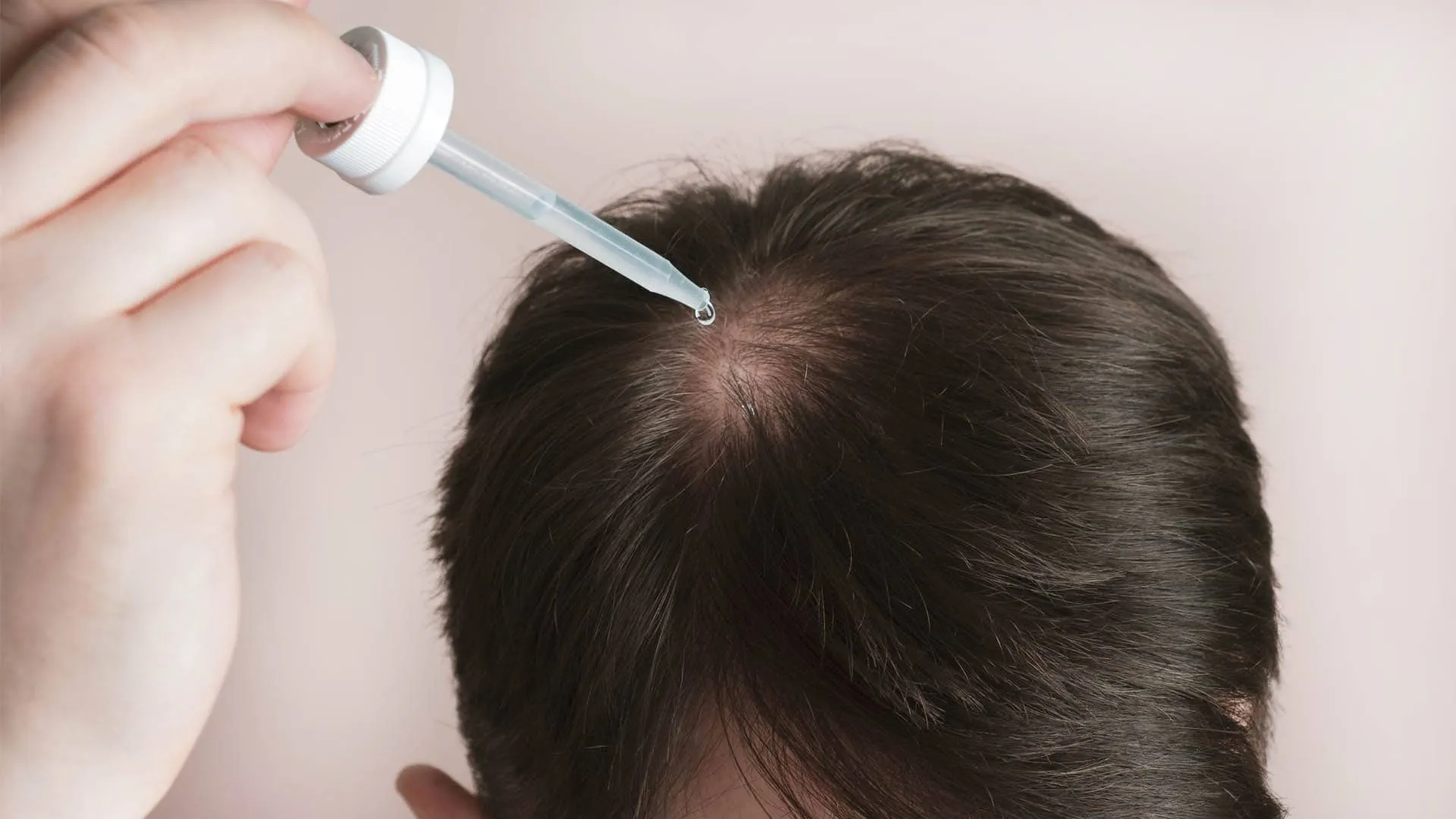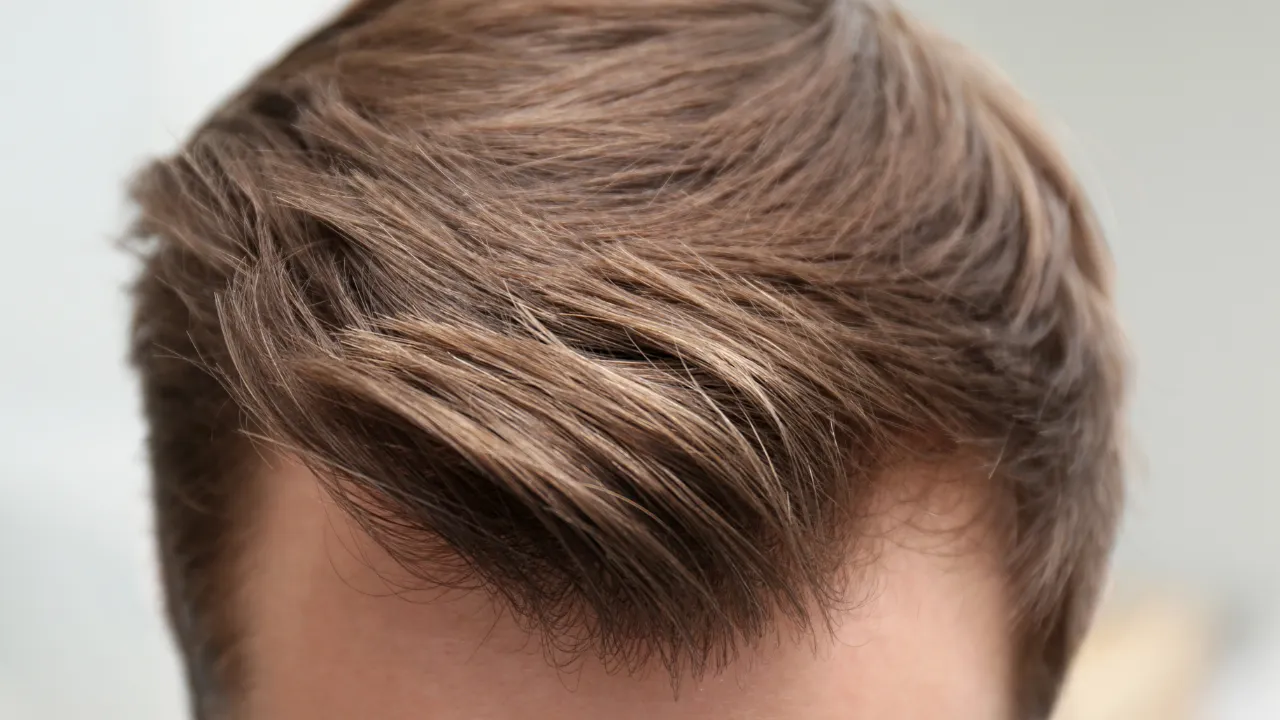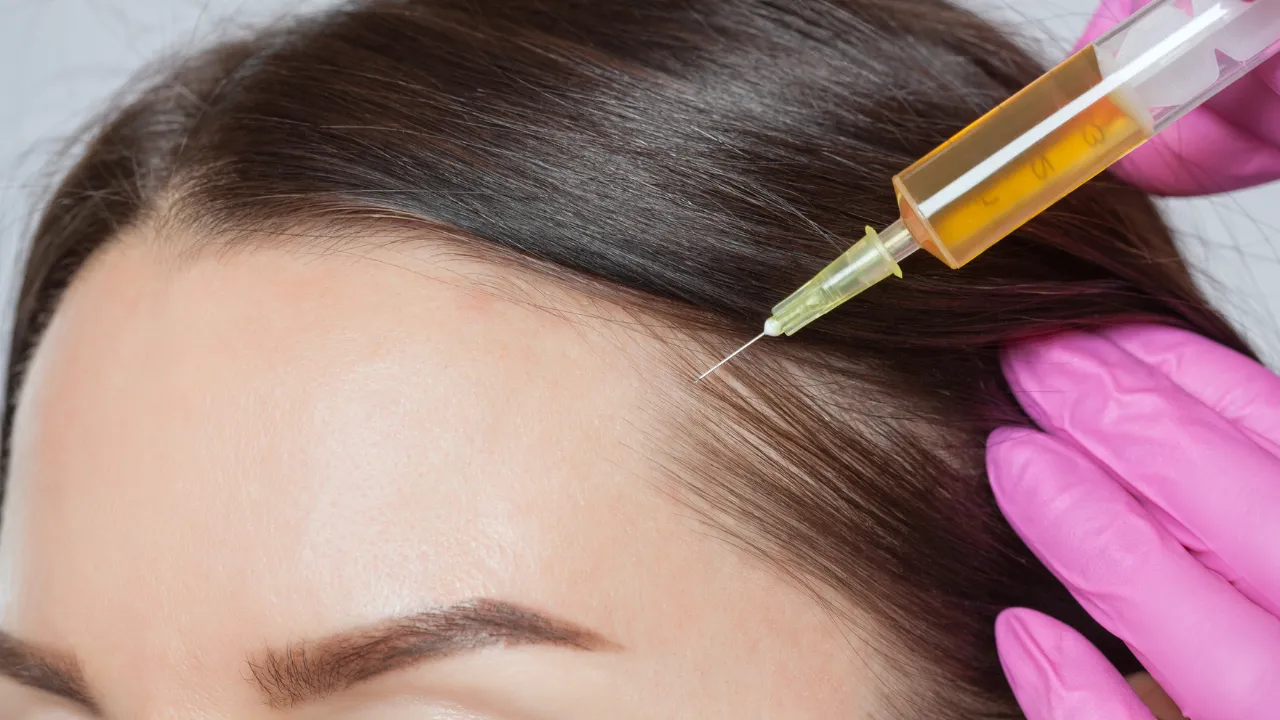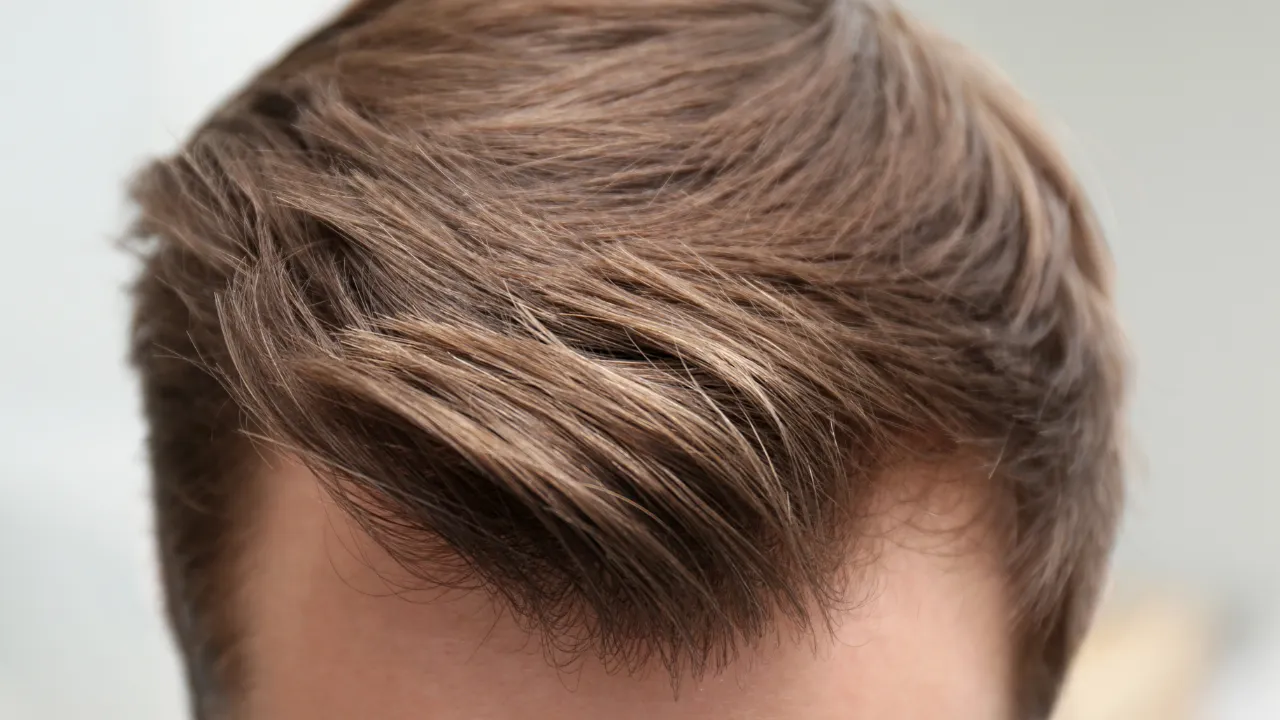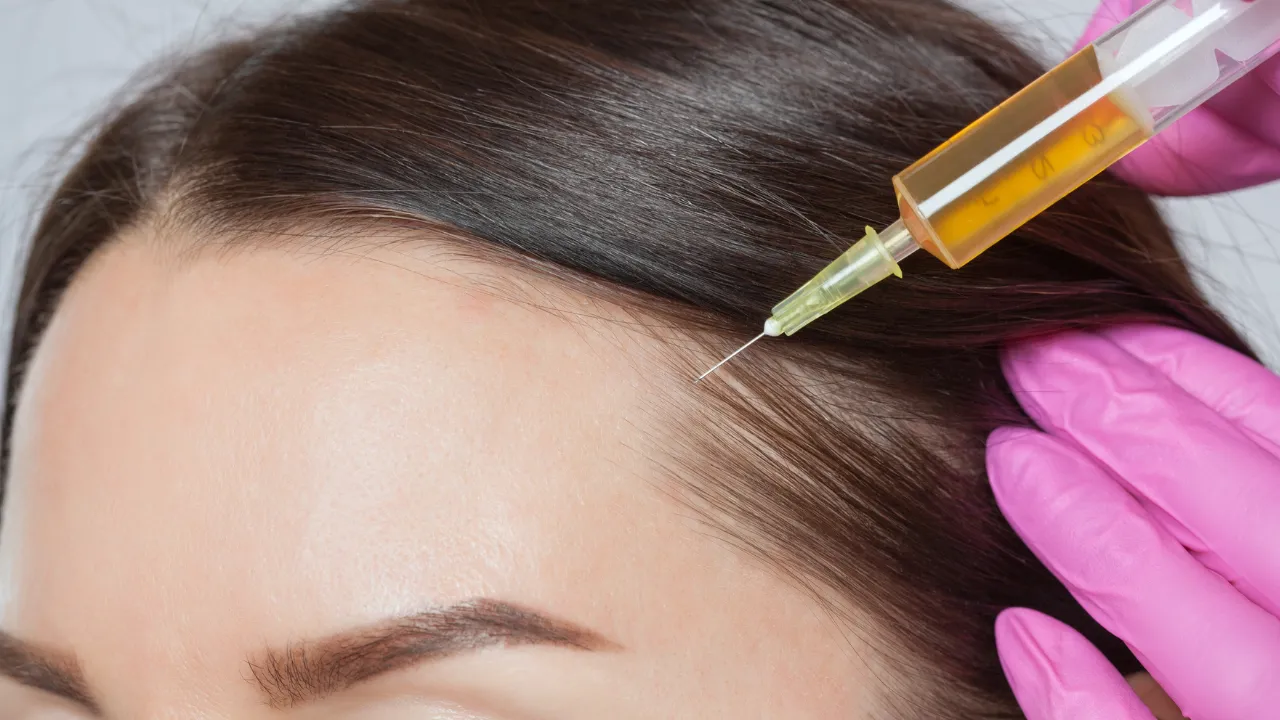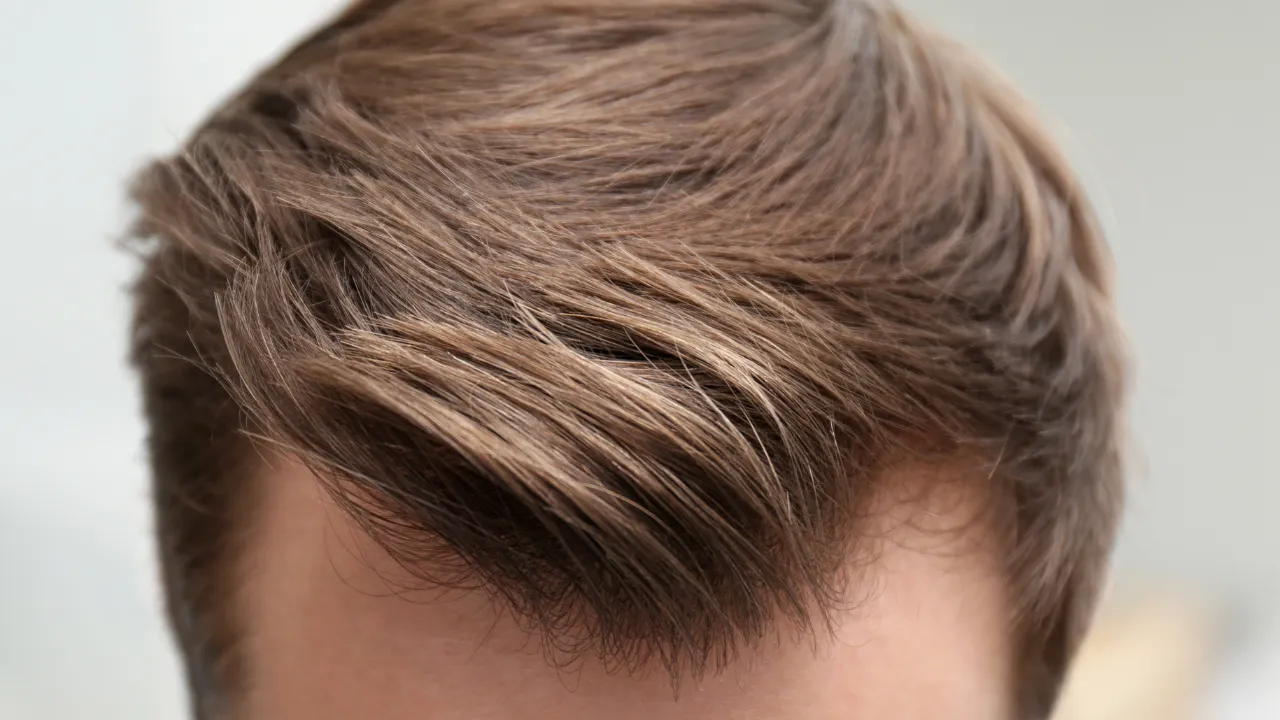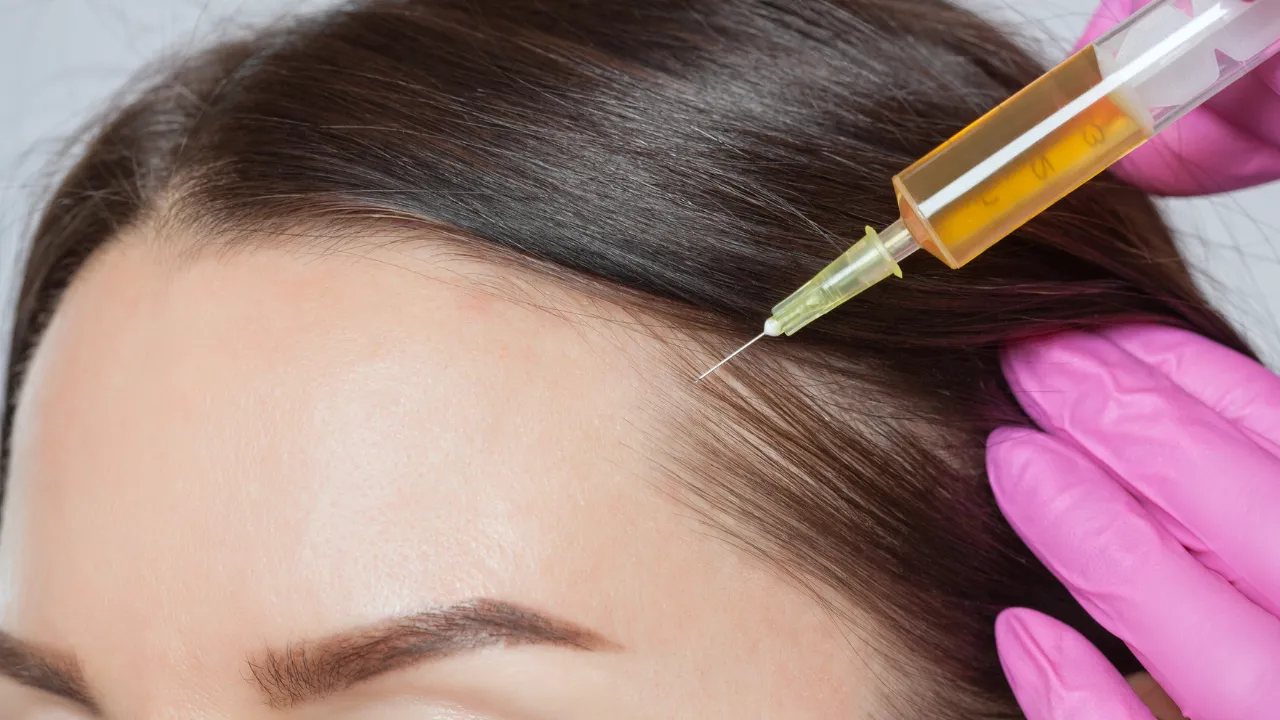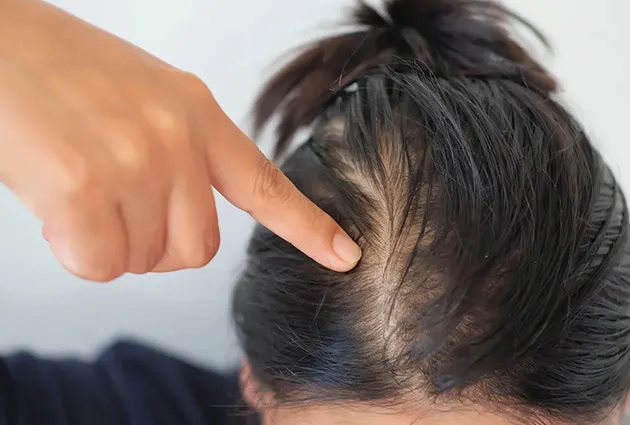Table of Contents
ToggleAt Kopelman Hair, we help patients understand and treat different types of hair loss with precision and care. Vertex baldness refers to hair loss that develops on the crown or top back of the head, often called the top of the head. It is one of the most common patterns of hair loss in men and sometimes women. It usually begins with thinning in the vertex area of the scalp and can progress into advanced stages if untreated.
Vertex baldness is not only a cosmetic concern but also a medical condition linked to genetics, hormones, and lifestyle factors. By recognizing symptoms early and exploring effective treatments, patients can manage hair loss on vertex more successfully. Dr. Kopelman brings over four decades of expertise in restoring natural hairlines and treating complex cases of male pattern baldness.
Key Takeaways
- Vertex baldness affects the crown, beginning with thinning before progressing to bald spots.
- Early recognition of symptoms, such as scalp visibility in bright light or in photos, improves treatment outcomes.
- Genetics and hormones are primary causes, while lifestyle factors also contribute to hair loss.
- Medical options, such as minoxidil and finasteride, may stimulate hair growth, while surgical options, like hair transplant surgery, are often necessary in advanced stages.
- Ongoing care, including prevention and follow-ups, helps maintain long-term results.
What Is Vertex Baldness?
Vertex baldness describes thinning or hair loss on the crown. This pattern of hair loss is strongly associated with male pattern baldness, which follows predictable patterns of hair loss, including recession at the temples and thinning at the crown. In medical terms, vertex alopecia is a hallmark of male pattern hair loss.
Is Vertex the Same as Crown?
Yes, the vertex is another term for the crown. Both refer to the top of the head where thinning is often first noticed.
Vertex Baldness vs Frontal Baldness
Vertex balding affects the crown, while frontal baldness begins at the temples or front hairline. Some patients develop both.
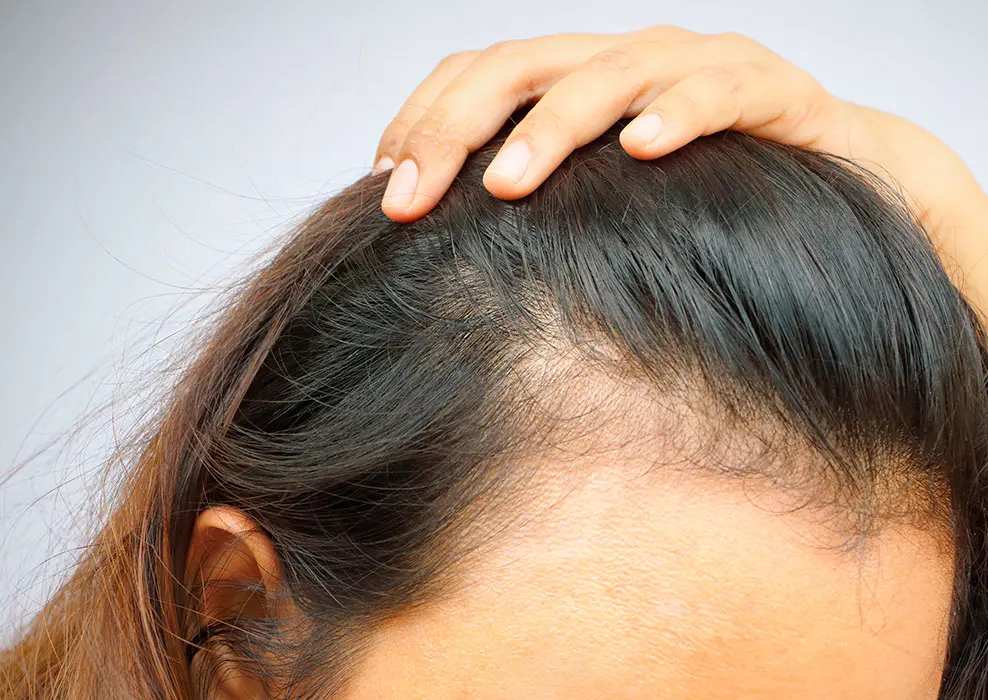
Vertex Baldness vs Receding Hair Line
A receding hairline moves backward from the forehead, while vertex thinning creates a bald spot. Both can occur as part of the stages of male pattern hair loss.
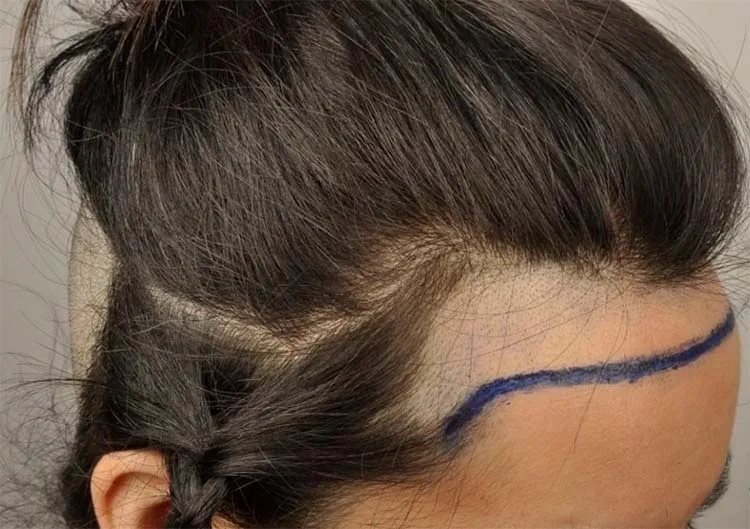
How to Spot Vertex Baldness Early
Many people first notice vertex thinning when light reflects off the crown or in photographs. Friends or family may also comment that someone is losing hair.
Spotting cues include:
- Scalp visibility under bright lighting.
- Wider gaps when hair is parted.
- Hair appears flatter or less dense at the crown.
Recognizing these signs allows patients to act early, when treatments are most effective.
Symptoms and Stages of Vertex Baldness
Early Symptoms in the Vertex Area
Thinning is usually noticed before bald spots. Hair may feel less dense, and the scalp becomes more visible.
Vertex Baldness Stages
- Mild thinning – slight reduction in density.
- Visible spot – a small circle forms in the vertex.
- Expansion – the spot enlarges and may merge with a receding hairline.
- Advanced stages – most of the crown loses coverage.
Diagnostic and Clinical Evaluation
Diagnosis begins with a scalp exam to check density and follicle health. Family history helps confirm male pattern baldness.
Blood tests can help rule out hormonal or nutritional issues, and dermoscopy can assess follicle activity. These steps guide treatment planning.
Causes of Vertex Baldness
Genetic and Hormonal Causes
The most common cause is androgenetic alopecia, also known as male pattern baldness. Sensitivity to dihydrotestosterone (DHT) shortens the growth cycle of follicles in the crown, causing vertex thinning. Family history increases risk.
Lifestyle and Environmental Triggers
Stress, poor diet, smoking, and medications contribute to hair loss progression. These factors can worsen thinning in those already predisposed.
Evidence-Based Prevention Strategies
Early use of finasteride or minoxidil can preserve density in the vertex area of the scalp. Starting treatment before bald spots appear increases effectiveness.
Emerging options such as microneedling or platelet-rich plasma (PRP) therapy may stimulate hair growth and support long-term results.
Vertex Baldness in Men and Women
Vertex Baldness in Men
Men often develop a bald spot that expands with age. Combined with a receding hairline, this can create advanced stages of baldness.
Vertex Baldness in Women (Vertex Hair Loss Female)
In women, vertex alopecia usually appears as diffuse thinning rather than a round spot. Patients may notice a widening of the part line at the top of the head, often associated with hormonal changes, such as menopause.
Treatments and Regrowth Options
How to Fix Vertex Baldness
Mild cases respond to medication, while advanced stages often require surgery.
Medical Options (Minoxidil, Finasteride)
- Minoxidil: a topical solution that helps stimulate hair growth.
- Finasteride: an oral medication for men that reduces DHT.
Vertex Hair Loss Regrowth Possibilities
Regrowth is most successful in the early stages. Patients with partial thinning often improve, while advanced cases may stabilize rather than regrow fully.
Hair Transplant for Vertex Balding
Hair transplant surgery provides permanent results for suitable candidates. Follicles are taken from donor areas and placed into the crown. Dr. Kopelman applies advanced techniques to match the natural pattern of hair.
Dr. Kopelman’s Approach to Vertex Baldness
Dr. Kopelman combines medical precision with personalized care. Each patient undergoes scalp analysis, density mapping, and planning to ensure realistic results.
Surgical techniques are tailored to growth direction in the crown. Long-term follow-up visits track progress and maintain outcomes.
Prevention of Vertex Baldness
Preventive strategies include early therapy, scalp monitoring, and maintaining healthy routines, such as a balanced diet and stress management. Avoiding harsh chemical treatments also helps preserve strength.
Long-Term Management of Vertex Baldness
Managing vertex baldness requires ongoing care. Patients are advised to continue medications like minoxidil or finasteride to maintain results and avoid losing hair after initial success.
Follow-up visits allow for adjustments to treatment plans and monitoring of scalp health. Supportive habits that contribute to hair loss prevention also improve results.
When to See a Hair Specialist
Patients should seek professional guidance if thinning persists or bald spots expand. Early consultation improves outcomes and increases available options. At Kopelman Hair, each patient receives a plan tailored to their stage of vertex alopecia.
FAQs on Vertex Baldness
Can vertex baldness be reversed?
Mild thinning may improve with medication, but advanced bald spots often require surgery. Early intervention offers the best outcomes.
Tip: start treatment when thinning first appears for higher regrowth potential.
Does vertex baldness only affect men?
No. Women may also develop vertex hair loss, though it appears as diffuse thinning rather than a circular spot.
Note: pattern and pace can differ by sex and age.
At what age does vertex baldness start?
It can begin as early as the 20s, especially with strong family history. Many notice progression through the stages of male pattern in their 30s and 40s.
Monitor the crown in photos under bright light to catch early change.
Is minoxidil only for the vertex?
Studies show minoxidil works especially well in the crown, but it may also benefit other scalp areas.
Follow usage directions consistently to assess response over several months.
If you are noticing signs of vertex baldness or other patterns of hair loss, the right time to act is now. At Kopelman Hair, Dr. Kopelman provides personalized evaluations and advanced solutions tailored to each patient’s needs. Schedule your appointment today to explore effective treatments and take the first step toward restoring your confidence.


